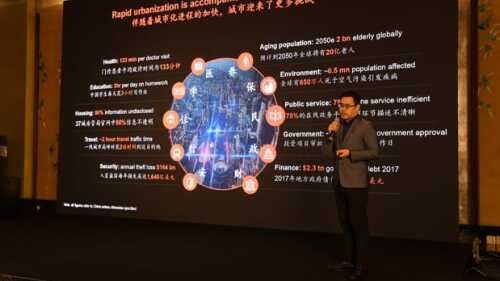ULI Terwilliger Center Forum Looks at Closing the Housing-Jobs Gap in Today’s Economy.
The most effective way to garner support for workforce housing development in the still-shaky economic environment is to position this type of housing as an important component of community viability and long-term sustainability, according to housing experts at a recent workforce housing forum sponsored by the Urban Land Institute (ULI) Terwilliger Center for Workforce Housing.
The March 7-8 forum, held in Orlando, examined the challenges of and opportunities in financing and developing housing that is near jobs in both high-cost and lower-cost markets around the nation. The consensus among speakers: Housing that is affordable to workers – both Gen Yers entering the job market and baby boomers still working, either by necessity or choice – can catalyze economic growth as a tool that enhances a community’s appeal to residents of a variety of incomes and ages.
Emphasizing the role of workforce housing as an economic catalyst is the best way to gain broad acceptance by stakeholders and correct misperceptions about the housing and who it serves, said forum panelist Michael Pitchford, president and chief executive officer of the Community Preservation and Development Corporation. “We are spending too much time talking about [workforce] housing in terms that don’t get to the core message that this housing is an economic necessity, rather than a social issue,” he said.
Positioning workforce housing as an economic benefit is starting to resonate, as many communities find themselves struggling to gain a competitive edge in the post-recession economy, panelists noted. During this time of transition, “there is more deferral [by public officials] to good ideas [to catalyze the economy],” said forum co-chairman and former Department of Housing and Urban Development Secretary Henry G. Cisneros.
Such housing will continue to be built through partnerships with the private sector, including traditional ones with the public sector that involve contributions other than funding, Cisneros said. Local governments strapped for funds can still contribute to partnerships by providing land and development sites, he noted. “An entrepreneurial government is the primary contribution a city can offer.”
Other workforce housing partners for the private sector: Universities, medical and research institutions, and other knowledge economy-related businesses that make improving the neighborhoods in which they are located – including housing for a variety of incomes -- a top priority. Such institutions, which tend to be centrally located in urban areas, are likely candidates for partnerships that involve development of moderate-income housing, Cisneros said. “What we suffered in the 1960s and 1970s was not an urban crisis,” Cisneros said. “It was a national economic transformation. It took a long time for the knowledge economy to emerge, but what we have now is an urban-friendly economy.”



